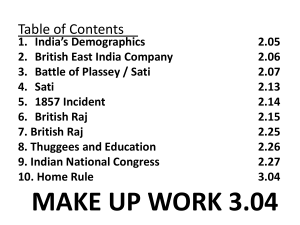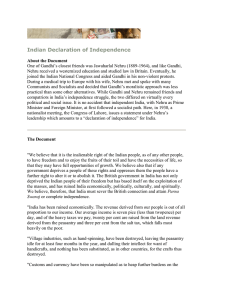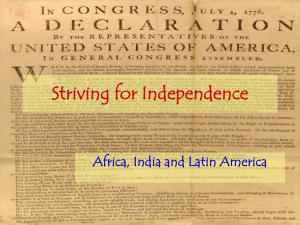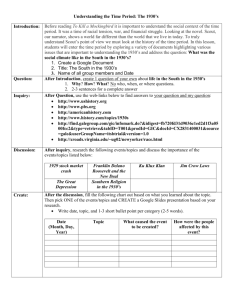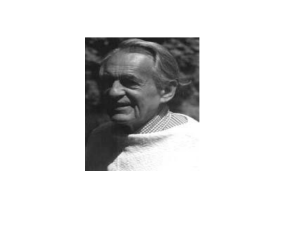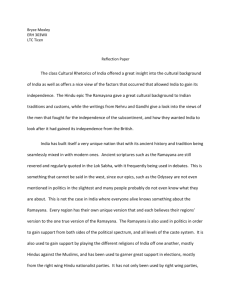Civil Disobedience Movement (1930 to 1942)
advertisement
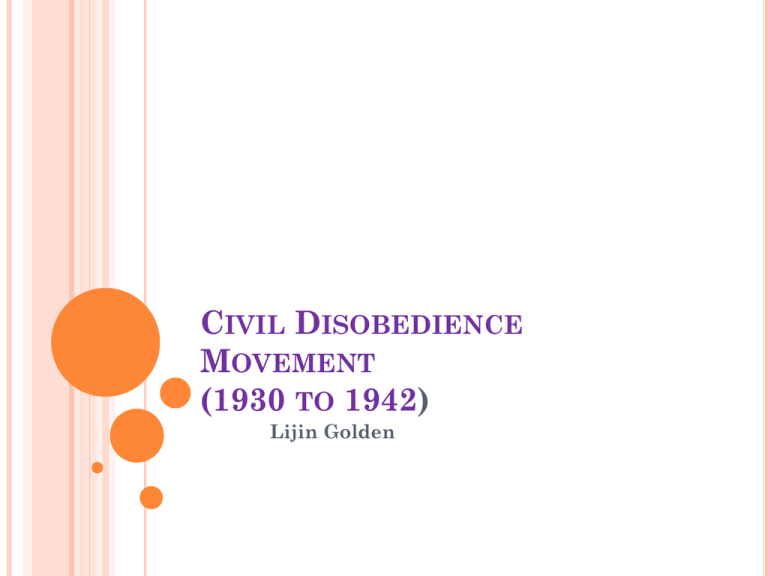
CIVIL DISOBEDIENCE MOVEMENT (1930 TO 1942) Lijin Golden MAJOR AREAS Withdrawal of Non Cooperation Movement Formation of Swaraj Party Period in between 1920- 1930 Simon Commission Causes of Civil Disobedience Movement Salt satyagraha Participants of the C D M Difference between NCM and CDM Why it failed Round Table conference Gandhi/ Subash Chandra Bose/ Nehru/ Ambedkar WHAT WAS THE REASON GANDHI CALLED OFF THE NON COOPERATION MOVEMENT After a period of time the Non Cooperation Movement became violent especially in Village and plantation sector. A peaceful demonstration in a bazar at Chauri Chaura in Gorakhpur in U P became violent with the intervention of the Police. The police arrested some villagers and kept in prison. For to release these villagers the peasants led a march to the police station at Chauri chaura. It also turned in to violence and the villagers they were burned the police station and killed 22 police officers. When Gandhi heard this incident he immediately called off the Non Cooperation Movement in 1922. FORMATION OF SWARAJ PARTY Some congress leaders tired of mass struggles and wanted to participate in Provincial Council Election that had been set by the Government of India Act 1919 (Montague Chelmsford reforms). They felt that it was important to oppose British policies within the councils argue for reforms and also demonstrate these council were not truly democratic. C.R Das and Motilal Nehru formed Swaraj party within the congress to argue for a return to council politics. (Jawaharlal Nehru and Subash Chandra Bose pressed more radical mass agitation and for full independence.) FACTORS AFFECTED THE INDIAN POLITICS IN LATE 1920’S Two factors shaped the Indian politics in late 1920’s. 1. World Economic Depression 2. Simon Commission World Economic Depression : After the First World War a great economic crisis had spread all over the World. It affected the Indian economy. Agricultural prices began to fall from 1926 to 1930. As the demand for agricultural goods and exports declined. Peasants failed to sale their harvest and pay their revenues. In 1930, the countryside was in turmoil.
